Have To Must

Teach Should And Ought To Advisability Modals Off2class

Devoir A French Verb Must Lawless French Grammar
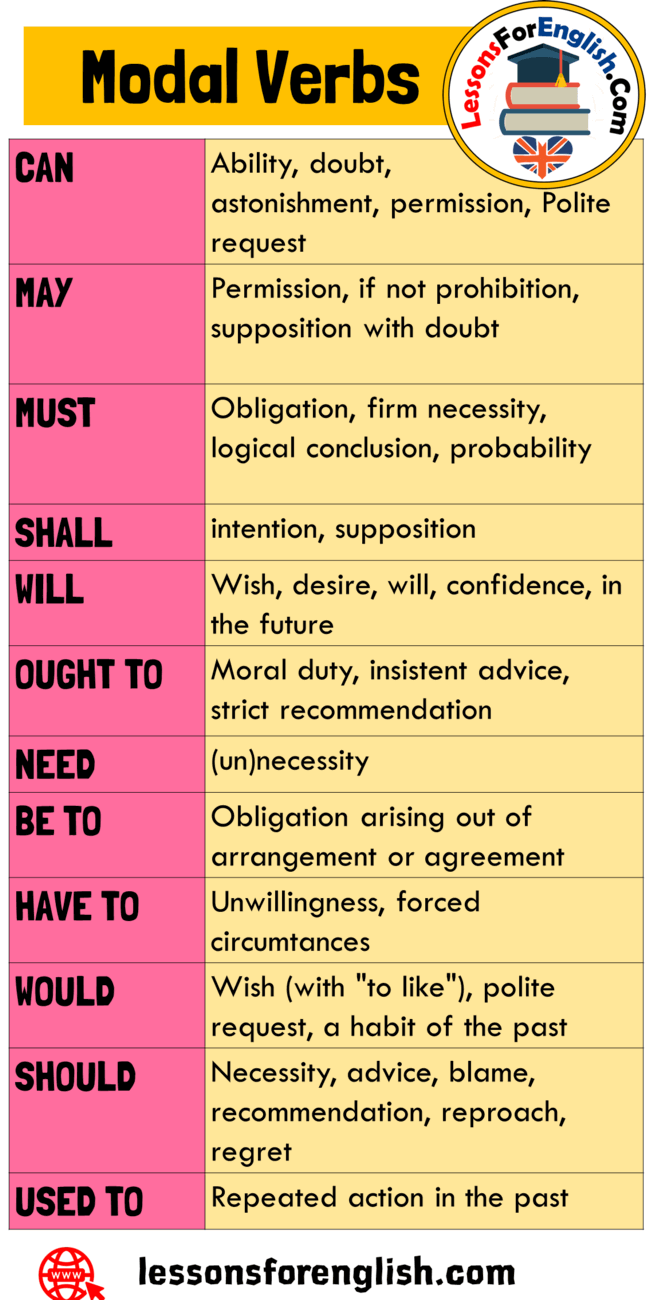
Modal Verbs Can May Shall Need Ought To Have To Would Should Used To Definition And Examples Lessons For English

Should Must Have To English Modal Verbs Part 3 Youtube

Test English Prepare For Your English Exam

Must Or Have To Interactive Worksheet
Mus t and have to are both used for obligation and are often quite similar.

Have to must. So, it is obvious that the degree of emphasis is least when we use should in our sentence. "I have a terrible stomachache." "You should go to the doctor's." "I haven’t heard from my father." "You should call him." "She's not happy with the salary offered.". In this lesson we look at have to, must and must not, followed by a quiz to check your understanding.
= เราต้องไปตอนนี้ – We must go tomorrow. (NOT I must to go to the doctor.;. We use have to when the situation makes something necessary, for example because of official rules.
Mustn't vs Needn't vs Can't Similar Exercises:. In life, there are things that we must or must not do whether it’s taking out the trash or doing our homework. Earlier, I wrote about how to use can and could, will and would, and shall and should.
Must is a modal verb, and modal verbs are followed by infinitive without to. Grammar Point must / have (got) to / must not / don’t have to must / have (got) to / must not / don’t have to Necessity and Obligation. Faire un don unique:.
We often use have to to say that something is obligatory, for example:. We use must or have to to explain that something is necessary. When you say, I have to go into work early tomorrow, you mean that.
The verbs need, have to, and must are all synonyms of one another and are used to mean that something is necessary or required. In English, we use the words must and have to when we want to say that something is to be done necessarily or compulsorily. Must/mustn’t, have to/don’t have to – form.
La diferencia entre MUST y HAVE TO en inglés. Since this video is about fails, we will try to give right advice to people, so they can predict making the same mistake in the future. L'argomento grammaticale affrontato in questa pagina riguarda il verbo Dovere e in particolare la differenza di uso tra due verbi che hanno tale significato:.
- il loro diverso significato nella forma negativa. Let’s look at our previous example using MUST:. If you say, We must talk to her before she leaves, you mean that you think this is very important, and you need to do it.
2) In the negative:. You can do this grammar quiz online or print it on paper. Have to is more common in North American English, especially in speech:.
The crucial difference between should, ought to and must, is based on the extent to which they emphasize, in the sense that must is the most emphatic of the trio. I must write a letter to John. Or I have to go.
(NOT I must to go to the doctor.;. We have to correct these problems soon or the project will fail. Must can be used as synonyms.
Have to and must are being looked at together because of the inter-changeability when used for certain functions and the confusion caused when they cannot be interchanged for others. Editor Kory Stamper explains. Things you cannot choose not to do.
She will _____ wait in line like everyone else. Have / Has to expresses general obligations. What does Have To mean?.
I must go to the doctor. The Modal Verbs Must, Have to, May, Might:. Tuy Must/Have to/Ought to có ý nghĩa tương đương nhau nhưng tùy trường hợp mà chúng có những cách sử dụng khác nhau đấy nhé.
Bu dersimizde bu farklar vurgulanacaktır. You have to read this book - Musisz przeczytać tę książkę (to jest lektura obowiązkowa, jak jej nie przeczytasz, to. Must and have (got) to are used in the present to say that something is necessary or should be done.
We had to go to bed at 8 o’clock when we were kids.:. 'Don't have to', 'don't need to' and 'mustn't' have very different meanings. On the other hand, must is mainly used to talk about the feelings and wishes of the speaker and the hearer.
- il verbo to have to. I have to file reports every week. Anglické „have to“ = „muset, mít povinost“ Anglické „have to“ se používá stejně jako „must“ pro vyjádření povinnosti nebo nutnosti něco udělat.
1) Probability She may come tomorrow. In American English, have to is more common than must. While must defines the exigency of doing something, have to denote an obligation which is imposed by someone else.
• Must expresses the speaker's feelings, whereas have to expresses, above all, an impersonal idea:. It is most often used to say that an. We will cover how to say this in Japanese because it is a useful expression and it also ties in well with the previous section.
The soup has to be stirred continuously to prevent burning. Modal verbs don’t add -s after he/she/it. Entonces, ¿cuál es la diferencia entre must y have to?.
Is unnecessary, use need not, not must not. “Have to” and “must” are very similar in meaning and can often times be used interchangeably. An English-Zone.Com Modal Quiz:.
Must and have to are both used to talk about obligations:. Have to for objective obligation. In speech there is a small difference:.
Both must and have got to can be used to talk about necessity. I must go now. He must come with us.
Trong bài viết này, Language Link Academic sẽ giới thiệu những cách sử dụng các động từ này trong từng văn cảnh nhé. Should, have to, must will definitely come in handy. The use of must, must not (mustn't) and need not (needn't) The modals must, must not and need not have the same form regardless the subject.
"you don't need to dot that". Complete the following sentences using must or. Mivel nagyon hasonló a jelentésük, így összekeverni is elég könnyű őket.
I must go to the doctor. If you want to say the sth. You must be home by 11 o’clock.
Have to is a variation of the verb have. They have to leave early. Have to is NOT an auxiliary verb (it uses the verb have as a main verb).
“She must go to the store” and “She has to go to the store.” The meanings here are the same. My hair is the evidence, “You must have hair gel in your hair” and my friend who says he has been driving for 16 hours, “You must be exhausted.” So, hopefully that has given you an introduction to the difference between must and have to. We are not lost.
I must study tonight. It tests what you learned on the have to, must page. While Must can generally be replaced by Have to in the present tense, there is sometimes a slight difference in meaning or use.
He must come with us. Aralarında kullanım açısından ufak farklılıklar vardır. HAVE TO has a different meaning:.
(NOT He must comes with us.;. Przyjrzymy się kilku przykładom:. They are usually interchangeable;.
If we look at the origins of the two verbs must and have to, must has its origin in the Old English verb mōste while have has its origin in the Old English word habban. MODALS + V3 Practice Test Ought to (Should) Have / Must Have Needn't Have / Didn't Have To Should Have Done Drag. It is unusual to use “must” in questions.
Have to 'Have to' is used to express certainty, necessity, and obligation. HAVE TO has a meaning similar to MUST. This is where they are similar.
Must is the strongest and most serious modal verb of the three and is most common in writing. A reader asks for clarification on these three common verbs. I must do this right now!.
Must and Have To. ESL video lesson with an interactive quiz:. "Must" i "have to" tłumaczymy na język polski w ten sam sposób - musieć.Różnica jest jednak w użyciu obu tych czasowników w języku angielskim.
The main differences between must and have to are:. When expressing a personal opinion about probability (deduction), we mostly use must to express that we feel something is true:. Must se refiere a una obligación entre dos personas, o una obligación que sientes.
However, have got to is mainly used to talk about obligations that come from outside. Use must/mustn’t in negatives and questions. Must ve have to çoğu zaman birbirinin yerlerine kullanılabilirler.
The modal verbs “must,” “have to” and “have got to” show that something is not optional;. Children have to go to school. They are both followed by the infinitive.
(The negation of must means not allowed to.) I must play football. We must talk to her before she leaves. Dans ce nouveau tuto, Huito vous (re)explique la différence entre MUST et HAVE TO!.
Modals of Necessity, Advice, should, shouldn't, had better, had better not, must, have to, has to, don't have to, doesn't have to. Sometimes, 'must' and 'have to' can be used to speak about responsibilities. Must mustn't had to a) must b) mustn't c) had to.
Mindkettő azt jelenti, hogy kell. La diferencia entre Must y Have To en YouTube. But they each have slightly different connotations and uses.
I have to go into work early tomorrow. You have to show your passport at passport control. However, 'must' is generally used for strong personal obligations and 'have to' is used for responsibilities at work and in everyday life.
Have to, must Quiz. So, let’s have a look at these examples to understand the. Many students often confuse the usage of the modals'must' and 'have to'.
On the other hand, ought to is less emphatic than must, but more than should. Si no ves el video arriba, pincha aquí:. This answer has to be correct.
A MUST és a HAVE TO jelentése nagyjából megegyezik:. A veces se pueden utilizar indistintamente (especialmente con la primera persona donde prácticamente tienen el mismo sentido), no obstante existen ciertas diferencias. Definition of have to 1 —used to say that something is required or necessaryYou have to follow the rules.
1) In the affirmative:. "Have to" is used to express certainty, necessity, and obligation. Rules of Use 06.06.
Use must/mustn’t in negatives and questions. Modal verbs don’t add -s after he/she/it. We include have to here for convenience.
Must means "really should or else it will be bad for you", it expresses an obligation forced by the speaker. I have to go to the school. You know, something that we can evidence, you know, some kind of evidence.
Both Must and have to express obligation or necessity, but there are some small differences:. (NOT He must comes with us.;. 5-6-7 Mustn't vs Don't Have to Exercises 1 / 2 / 3 8-9-10 Must vs Have to / Has to Exercises 1 / 2 / 3 11.
2) In a very polite question May I open the window?. There are many modal verbs in the English language, and mastering their use is critical if you are an ESL learner. Let’s take a look at the examples to understand them better:.
Rozdíl mezi Must a. He must be a policeman. "Must" se utiliza con el tiempo presente y futuro "Have to" con pasad.
Generally, they all mean that you’re talking about a responsibility, an obligation, or something that is important to do. I must finish my homework before 8:00 I have to phone Valery before 9:00. Must-have definition, something considered absolutely necessary or essential to own:.
Eredetileg a brit és az amerikai angol kezdett el különbséget tenni a két segédige között. Must is known as a modal verb in the English language while have to is a verb. Teď si můžete říct, že by jim mohlo stačit jedno slovíčko, ale za chvilku poznáte, že drobné rozdíly mezi „must“ a „have to“ jsou.
That’s the good news. Must, have to, should, should have) Should Nós usamos "should" para dar, ou pedir, conselho ou uma opinião no presente:. There are some differences that need to be noted, however, to use.
I had to wash my car yesterday. When expressing obligation, we say:. I must wash the car tomorrow.
"Have to" is used to show that a person is obliged to do something, usually by an outside force, have to can also be used to give your opinion:. - il verbo modale must. We use have to / must / should + infinitive to talk about obligation, things that are necessary to do, or to give advice about things that are a good idea to do.
This has to be the right place. ✍✅ - Must / Have to - "Must" y "Have to" expresan una obligación. In writting, there is no real difference between must or have to.
Modals With Passive Voice 1 / 2 14. Must / Mustn't / Needn't / Have to 12-13. Need, when followed by to and a verb, is the narrowest of the three verbs.
There is no ending with he/she/it. We will also learn how to the say the expression, “You don’t have to…” to finish off this section. Y have to se refiere a una obligación externa… las reglas, la ley, algo que tienes que hacer y punto.
When expressing obligation, the past of must and have to is always had to:. Must is a modal verb, and modal verbs are followed by infinitive without to. A short video explaining the difference between the modal verbs of obligation, "must" and "have to." Practice here:.
You must read this book - Musisz przeczytać tę książkę (warto, bo jest świetna!);. = I have to play football. Use must + infinitive without to.
ใช้ must ได้เฉพาะกับเหตุการณ์ในปัจจุบัน และอนาคต ไม่มีรูปอดีต แต่ have to ใช้ได้ทุกรูป เช่น – We must go now. This cookbook is a must-have for chocolate lovers. As such, many people use them in this way with no distinction.
Must/mustn’t, have to/don’t have to – form. You are obliged to come. I told him what he had to do.
This lesson uses daily routines and an interviewing game to help students master these important modal forms. He must be. MUST and HAVE TO are both used to express an obligation, responsibility or necessity.
Must is a modal auxiliary verb. Use must + infinitive without to. You are obliged to come (I require that you come) You have to come.
Must - Have to. While meaning is generally maintained in incorrect usage in the positive forms, a mix-up in the negative forms can cause confusion.

English Modals Of Obligation Definitions And Examples English Grammar Here
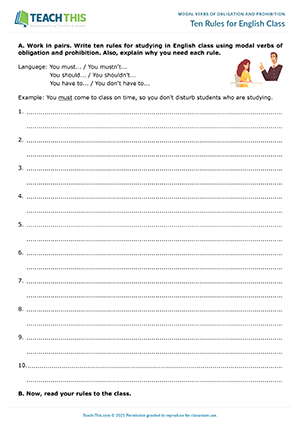
Modal Verbs Obligation Prohibition Esl Activities Worksheets Games

Must And Have To Exercises

Have To Must And Should For Obligation And Advice Learnenglish Teens British Council

Must Vs Have To Must Not Vs Don T Have To 7 E S L Teaching English Grammar Learn English English Phrases

Must Vs Have To Must Not Vs Don T Have To 7 E S L Teaching English Grammar English Grammar Rules English Language Learning

Should Must Have To

Must Had To Will Have To English Esl Worksheets For Distance Learning And Physical Classrooms

Test English Prepare For Your English Exam
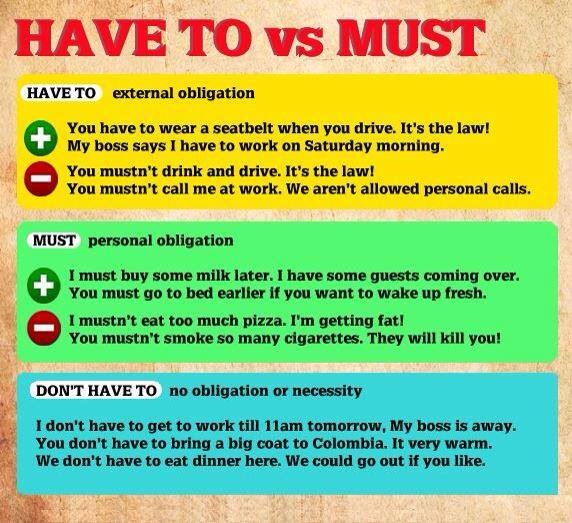
Have To Vs Must The Crazy Teacher S Blog The Crazy Teacher S Blog

57 Free Have To Worksheets

Should Must And Have To English Esl Worksheets For Distance Learning And Physical Classrooms
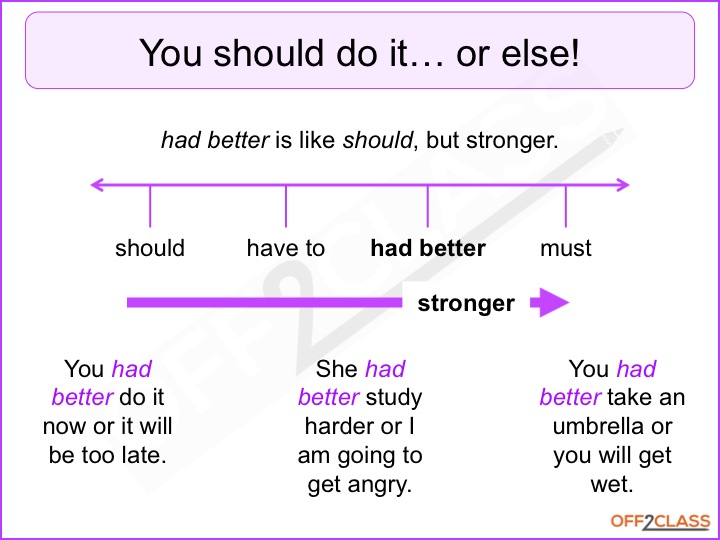
Teach Should And Ought To Advisability Modals Off2class

Can Must Should English Esl Worksheets For Distance Learning And Physical Classrooms

Must Vs Have To English Esl Worksheets For Distance Learning And Physical Classrooms

Modal Verbs Should Ought To Have To Y Must
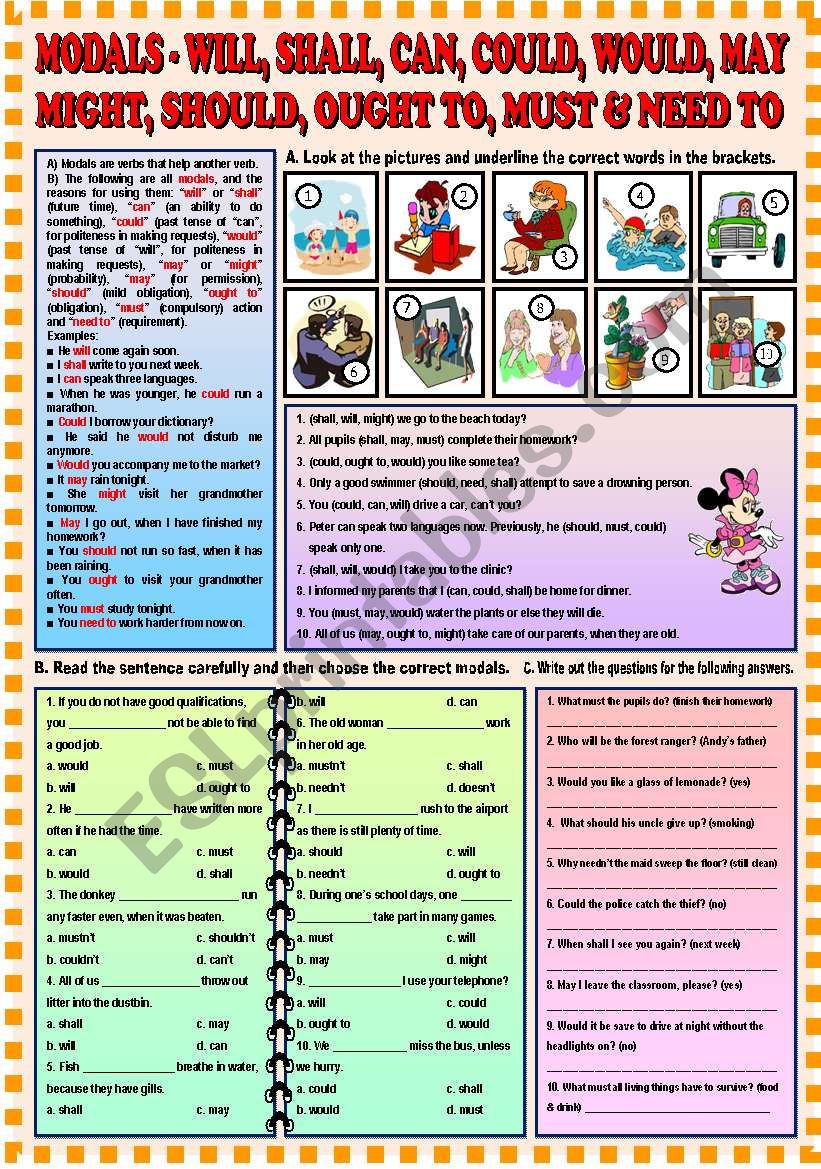
Modals Will Shall Can Could Would May Might Should Ought To Must Need To Key Esl Worksheet By Ayrin
1

A Brief Guide To Using The Italian Modal Verbs Volere Dovere Potere Smart Italian Learning
Q Tbn 3aand9gcqr0jn4dch Pf Dy6vsu8g6uc1jywaiccff0j8zyc39ikvceub Usqp Cau

Have To Vs Must Watch This Video To Finally Learn The Difference

Must Or Have To Interactive Worksheet

Modals Of Obligation English Study Here

Can X2f Could X2f Be Able To Must X2f Can T X2f May X2f Might X2f Could Deduction Must X2f Ha English Grammar English Verbs Woodward English
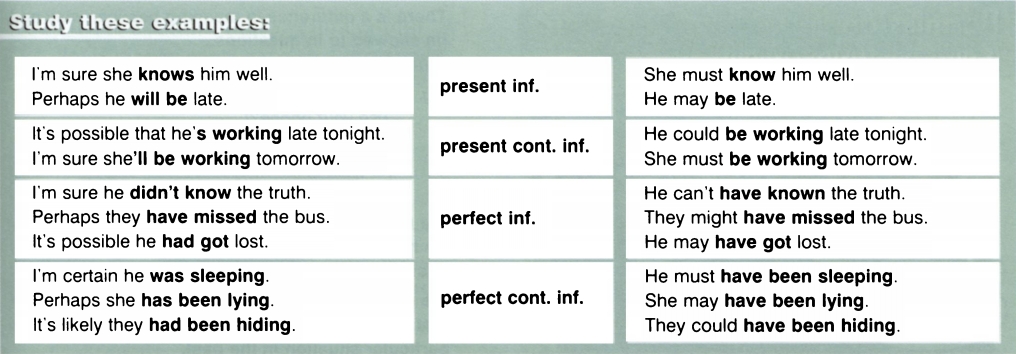
General Rules Modal Verbs

Difference Between Must And Have To With Examples And Comparison Chart Key Differences

Difference Between Have To Should And Must In Telugu Learn Spoken English Through Telugu Youtube
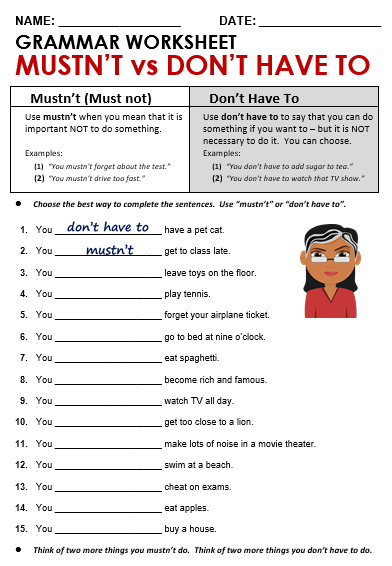
Must Necessity All Things Grammar

Modal Verbs How To Use Must Have To And Should English Grammar Lesson Youtube
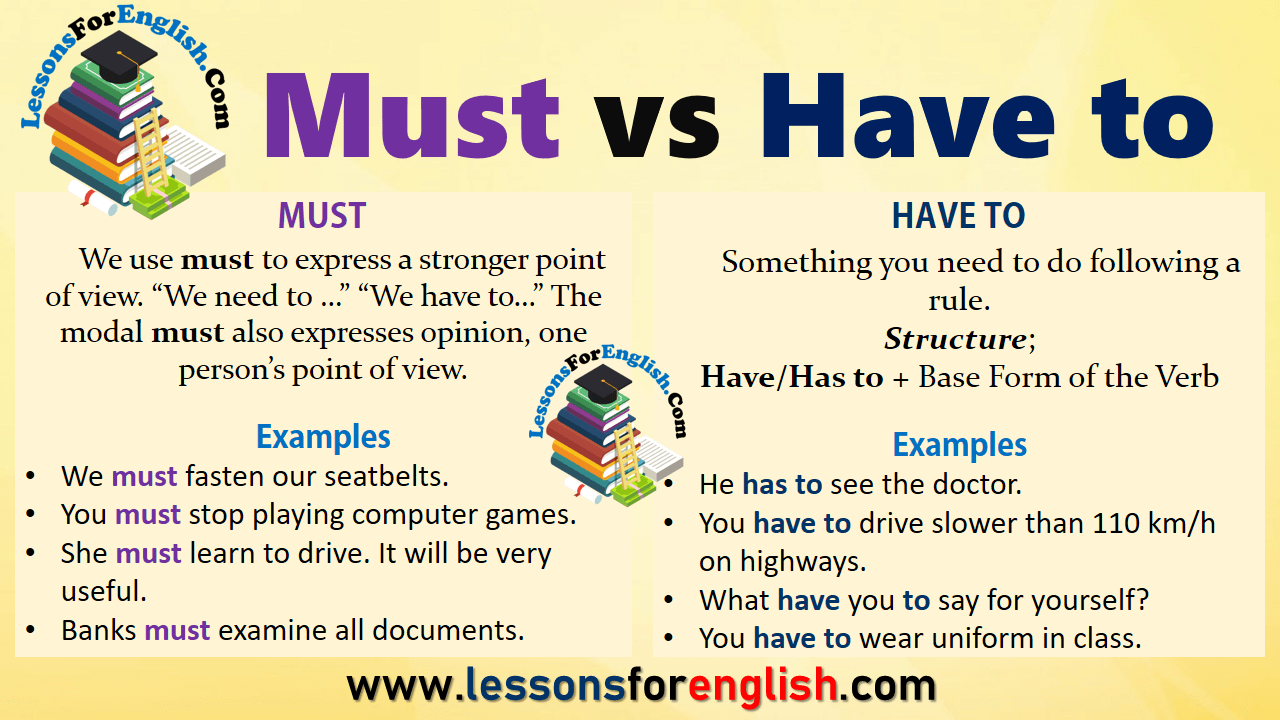
Must Vs Have To In English Lessons For English

Modal Verbs How To Use Must Have To And Should English Grammar Lesson Youtube

Must Vs Have To Bilingualism Network Semibague Facebook

Test English Prepare For Your English Exam

Should Could Would May Might Must Have Done Modal Verbs In English Grammar Lessons Youtube
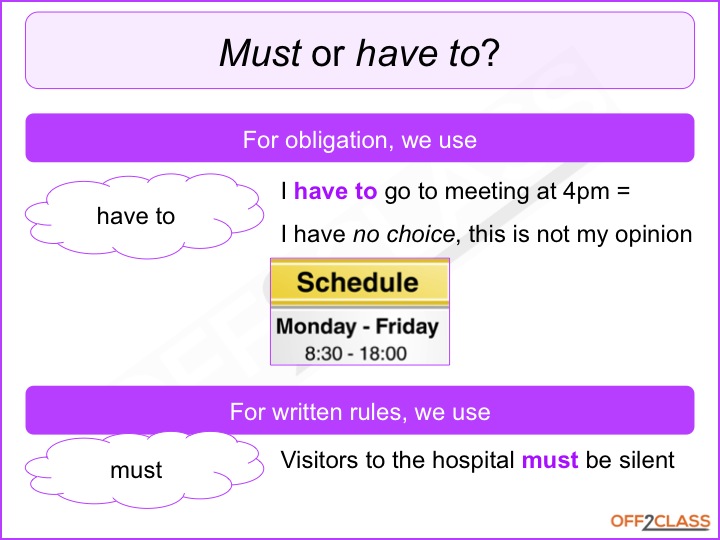
Teaching Must And Have To Necessity Modals Off2class
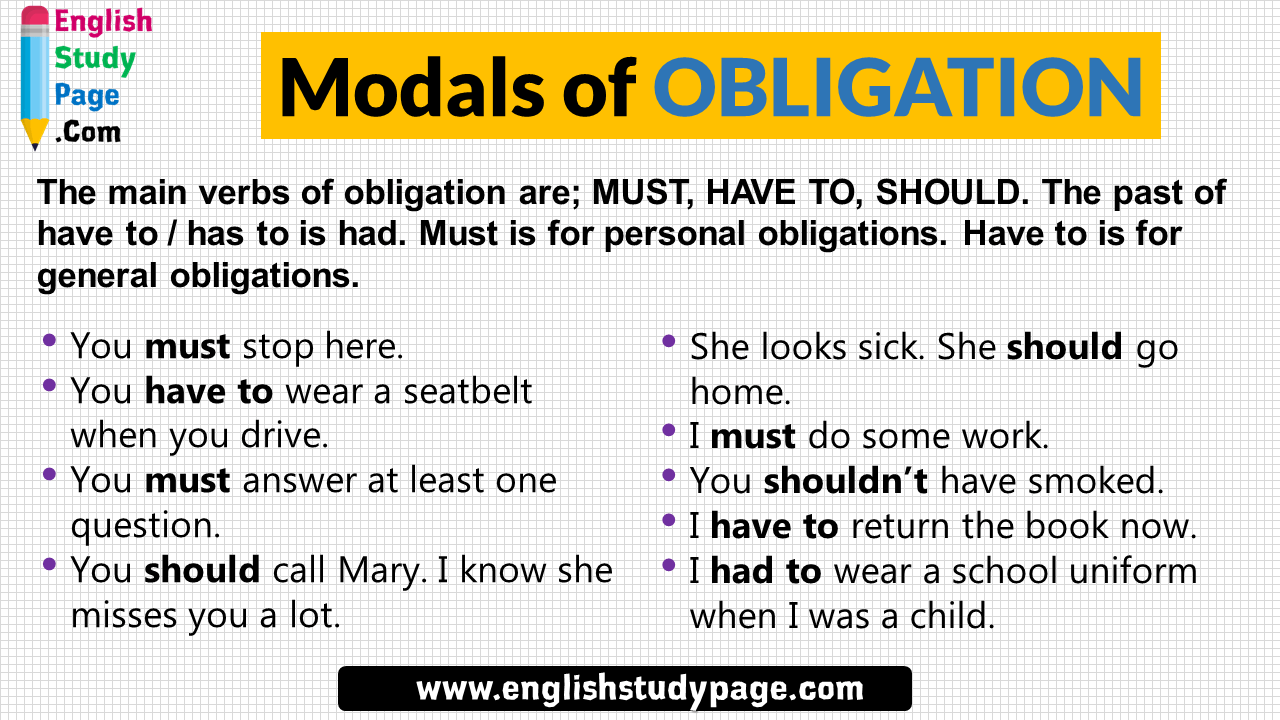
Modals Of Obligation Definition And Example Sentences English Study Page

Teach Should And Ought To Advisability Modals Off2class

Must Vs Have To What Is The Difference Youtube

English Esl Must Or Have To Obligation Worksheets Most Downloaded 128 Results
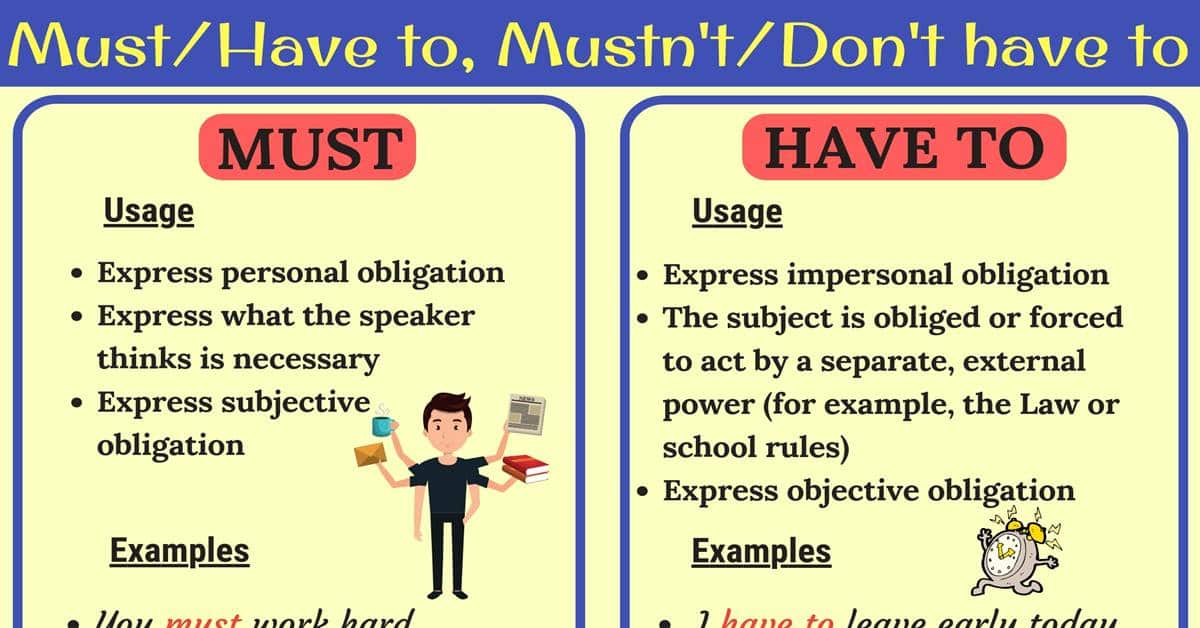
Must Vs Have To Must Not Vs Don T Have To 7 E S L

Using Must And Have To In English English Study Here

Modal Verbs Should Ought To Have To Y Must

Test English Prepare For Your English Exam

Must And Have To Modal Auxiliary Verbs Formmust V 1 Base Verb Have To V 1 Base Verb Examples I Must Go Home You Have To Do Your Homework Use Ppt Download

Should Must Have To

The Difference Between Must Have To Shall Need And May
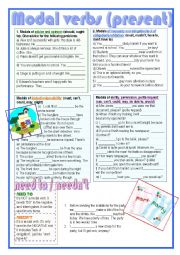
English Exercises Modals Should Shouldn T Mustn T
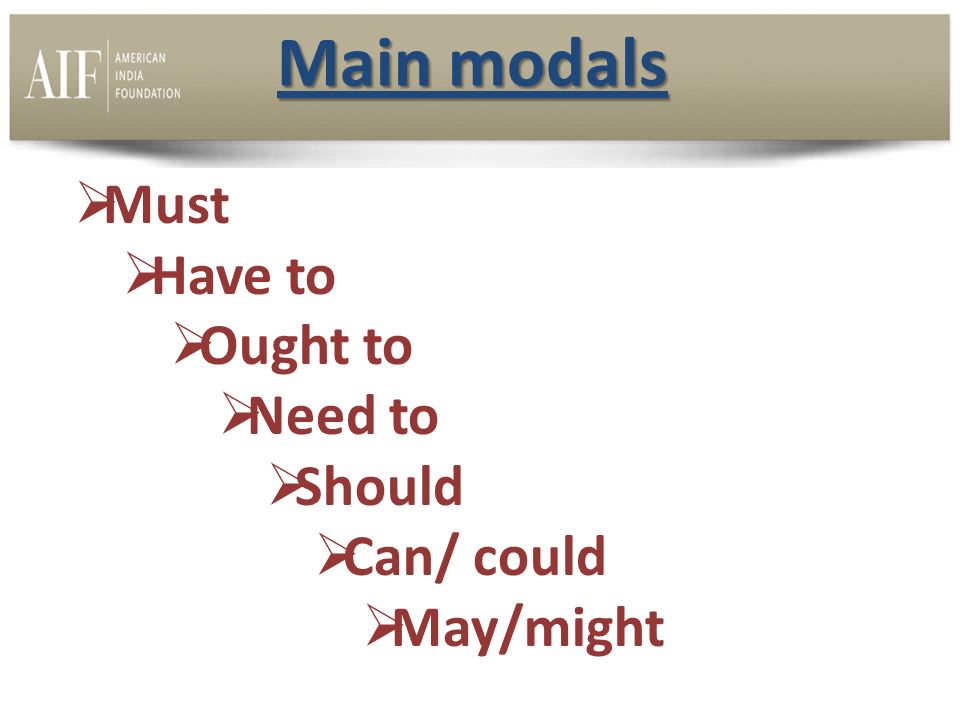
Previous Knowledge Testing Questions Modals Introduction Ppt Video Online Download
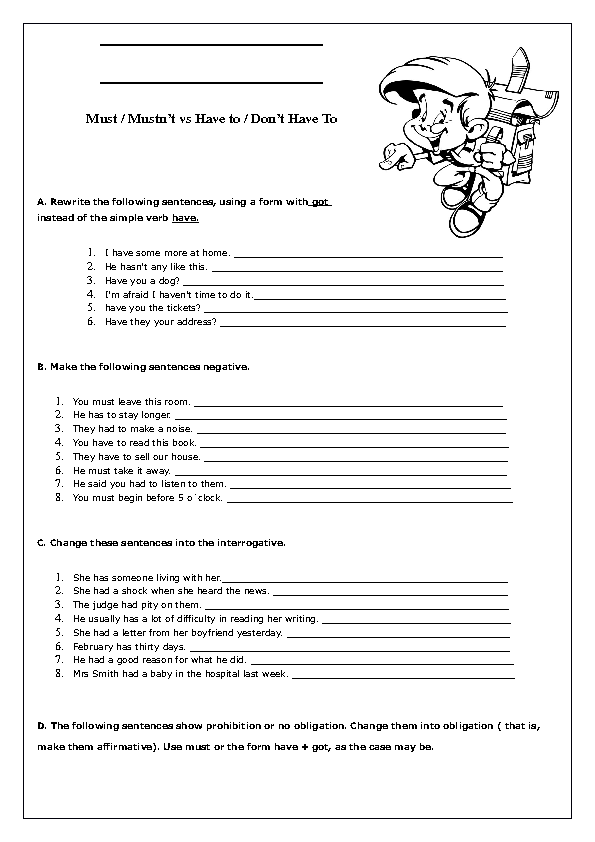
81 Free Must Worksheets

Modal Verbs Have Must Need And Ought Get Great English

Modals Of Obligation Definition And Example Sentences Lessons For English
:max_bytes(150000):strip_icc()/sign-warning-people-of-fines-for-feeding-wildlife-in-a-park-at-arakoon-in-new-south-wales--australia-847527992-5bc9d8c246e0fb0026d028e0.jpg)
How To Use Must Have To And Need To In English

81 Free Must Worksheets

English Grammar Must And Have To Mustn T And Don T Have To Eslbuzz Learning English

Have To Don T Have To Must Mustn T
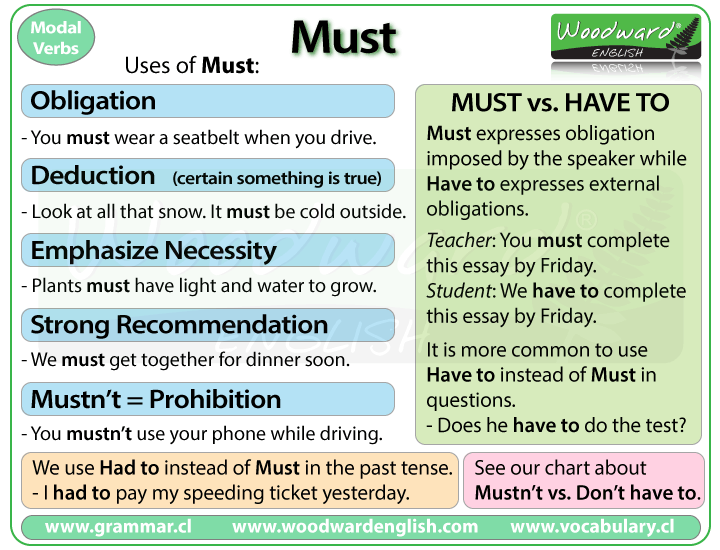
Must English Grammar

Modal Verbs Past English In Paradise

Teaching Must And Have To Necessity Modals Off2class
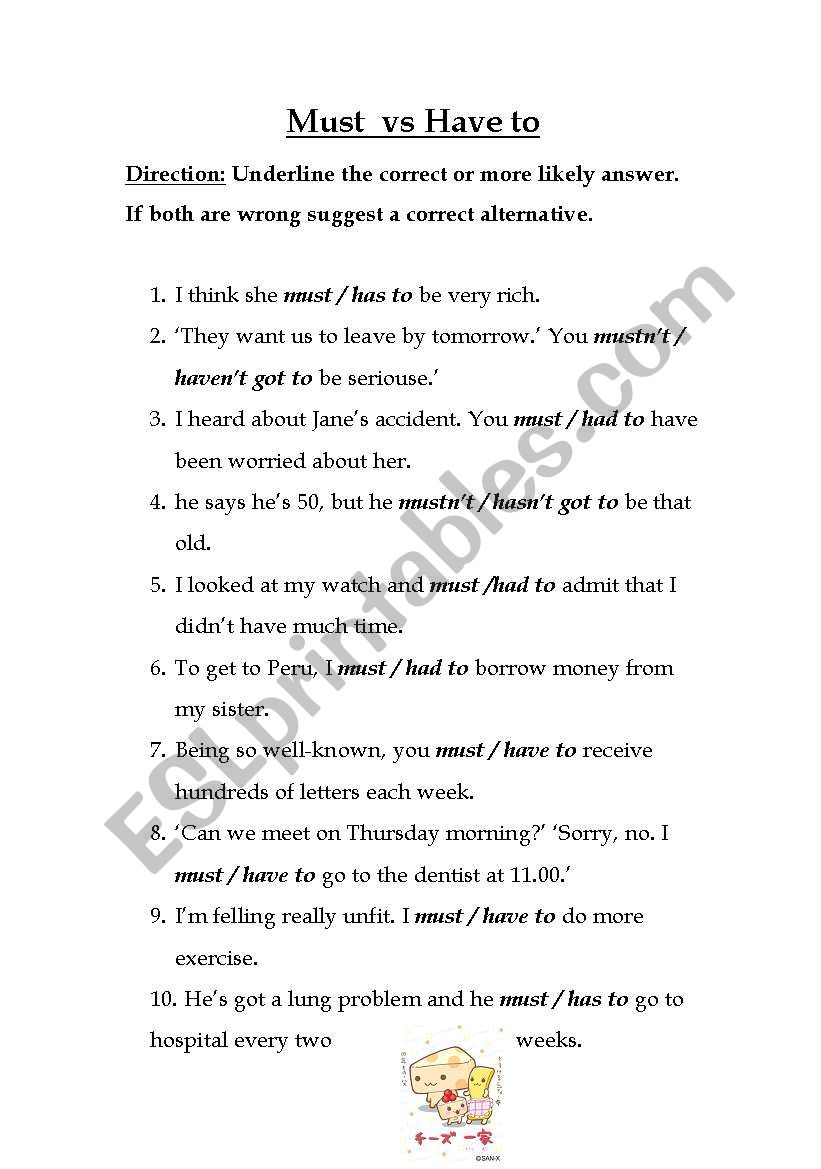
Exercise For Modals Must Vs Have To Esl Worksheet By Bambienoo
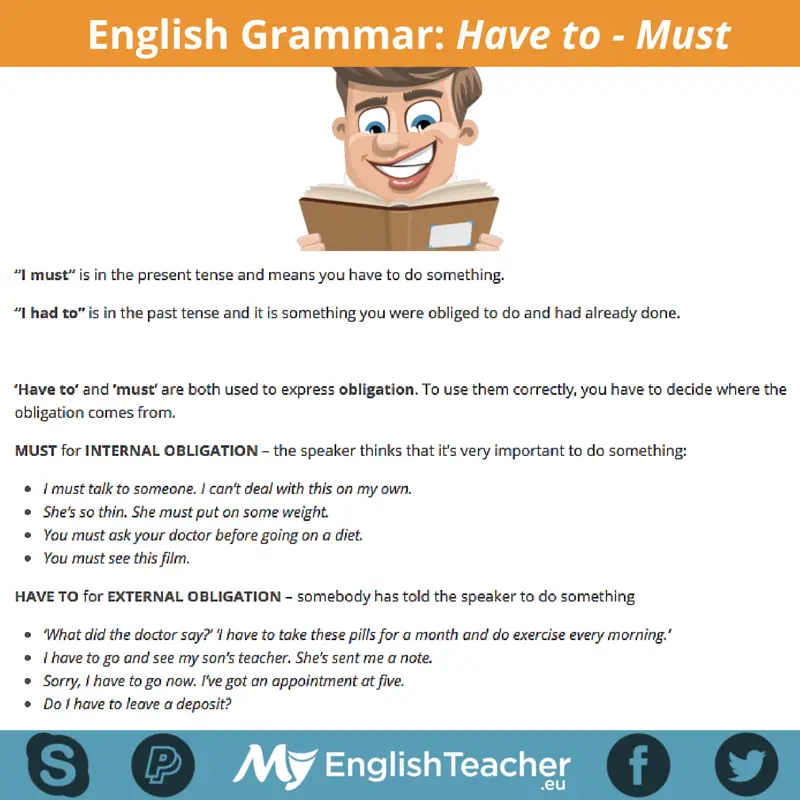
I Had To I Have To Or I Must What Is The Difference Myenglishteacher Eu Blog

Unicam 3 11 17 Lessons Tes Teach

Difference Between Have To And Must Difference Between

Understanding Modals Of Necessity Must Have Got To Have To Infographic Grammar Newsletter English Grammar Newsletter
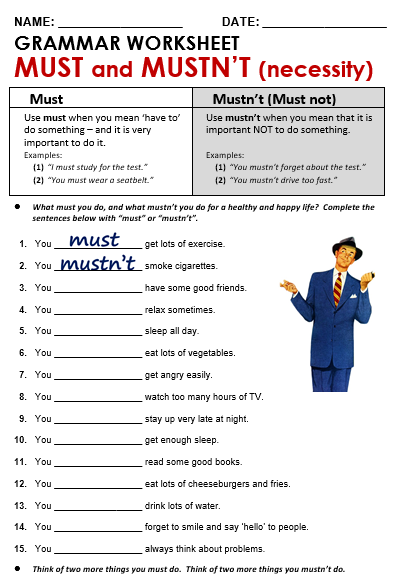
Must Necessity All Things Grammar
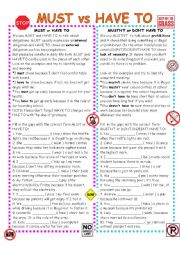
English Exercises Must Or Mustn T
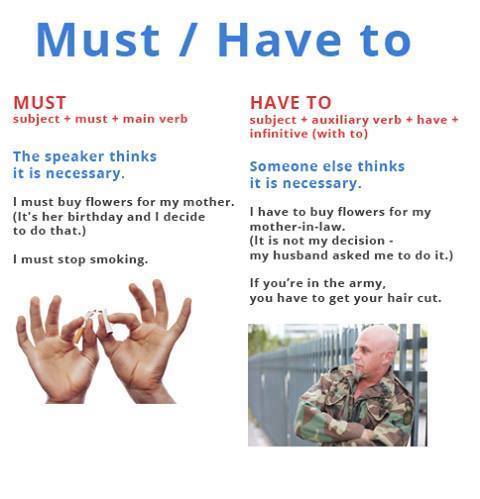
Modal Verbs Lessons Tes Teach

Modal Verbs Must Have To Should English Esl Worksheets For Distance Learning And Physical Classrooms
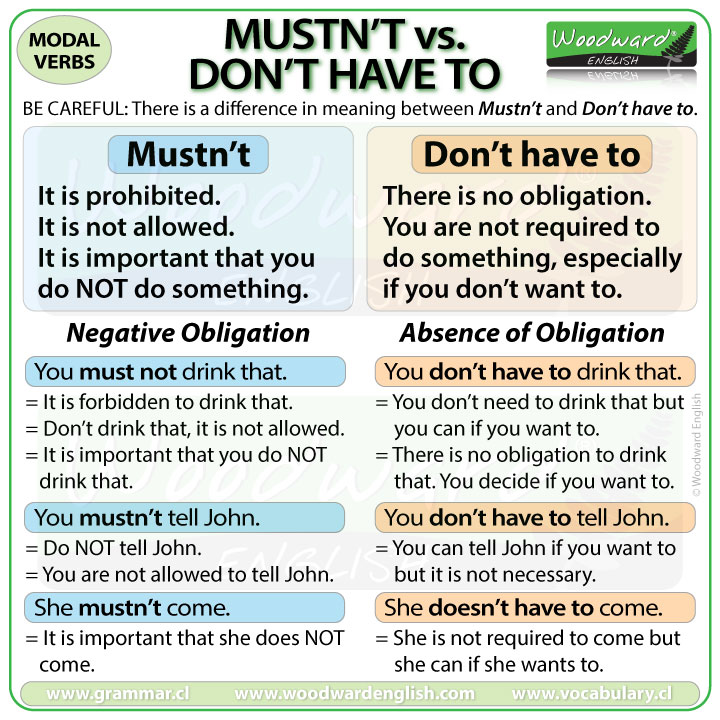
Mustn T Vs Don T Have To Woodward English
Q Tbn 3aand9gctitggmzl2j Ymsyni7w Spmbkv4s4wdmb3y9mmmu Usqp Cau
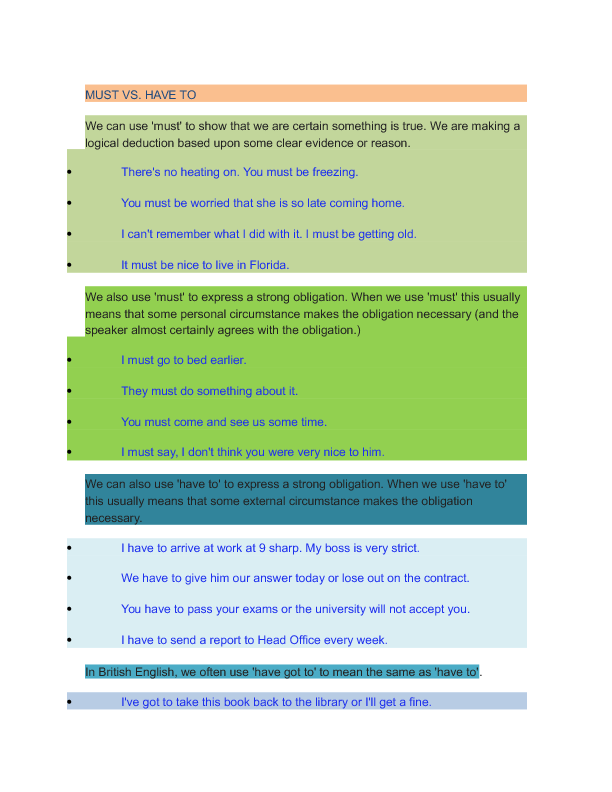
81 Free Must Worksheets

Difference Between Ought To And Should Myenglishteacher Eu Blog
Q Tbn 3aand9gcrfrcvfatg3yx6eng3u6tjtiwa23shd5frjdbjuc Vxavrkvdlf Usqp Cau

Teaching Must And Have To Necessity Modals Off2class
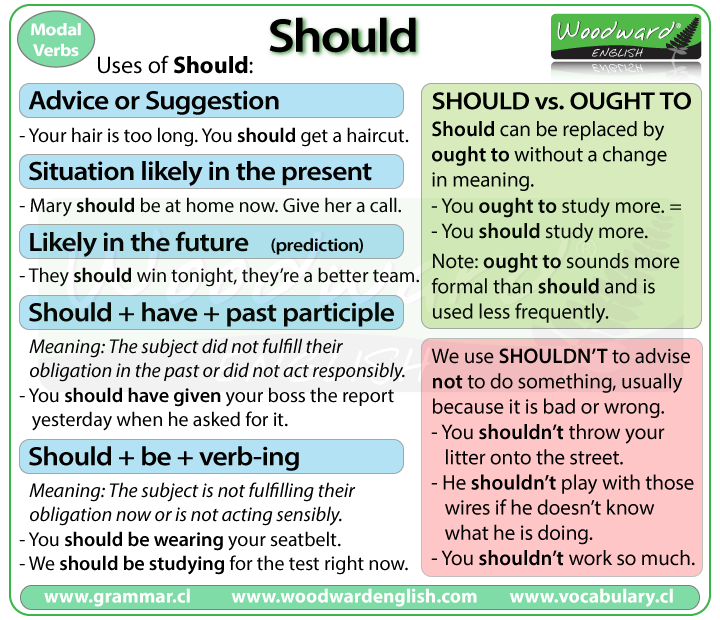
Modal Verbs Must Should Have Has To Lessons Tes Teach
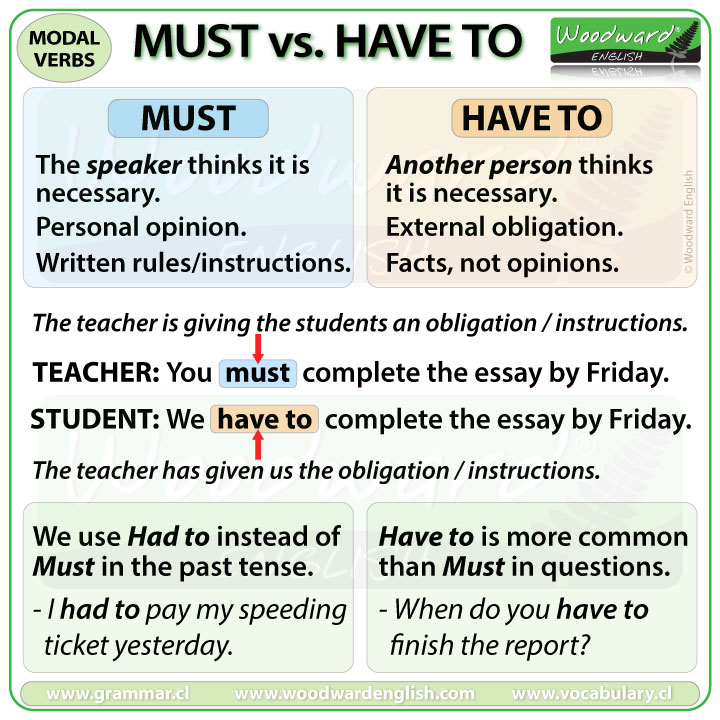
Must Vs Have To Woodward English

Modal Verbs Prezentaciya Onlajn

Mustn T Vs Don T Have To Woodward English

Should Must English Esl Worksheets For Distance Learning And Physical Classrooms

Must Vs Have To Easy English Conversation Practice Mark Kulek Esl Youtube
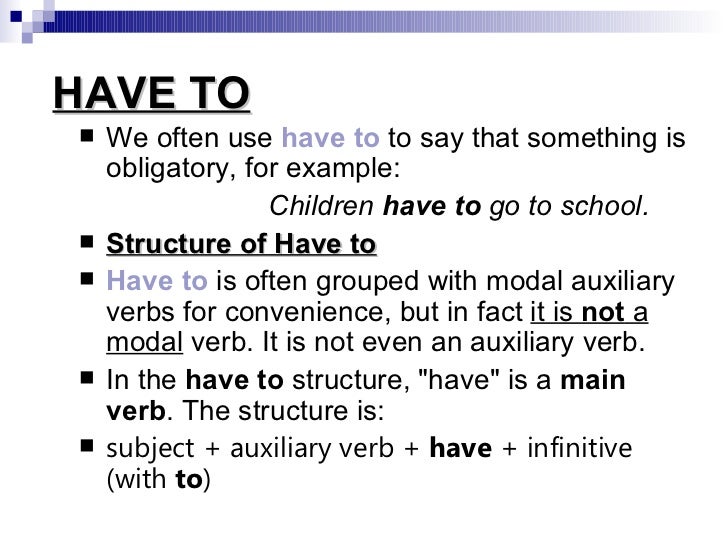
Should Must Have To

Must Mustn T Have To Don T Have To English Esl Worksheets For Distance Learning And Physical Classrooms

Modal Verbs Must Should Have Has To Lessons Tes Teach

Learning Passive Modals It Can Be Done

English Grammar Must And Have To Mustn T And Don T Have To Eslbuzz Learning English
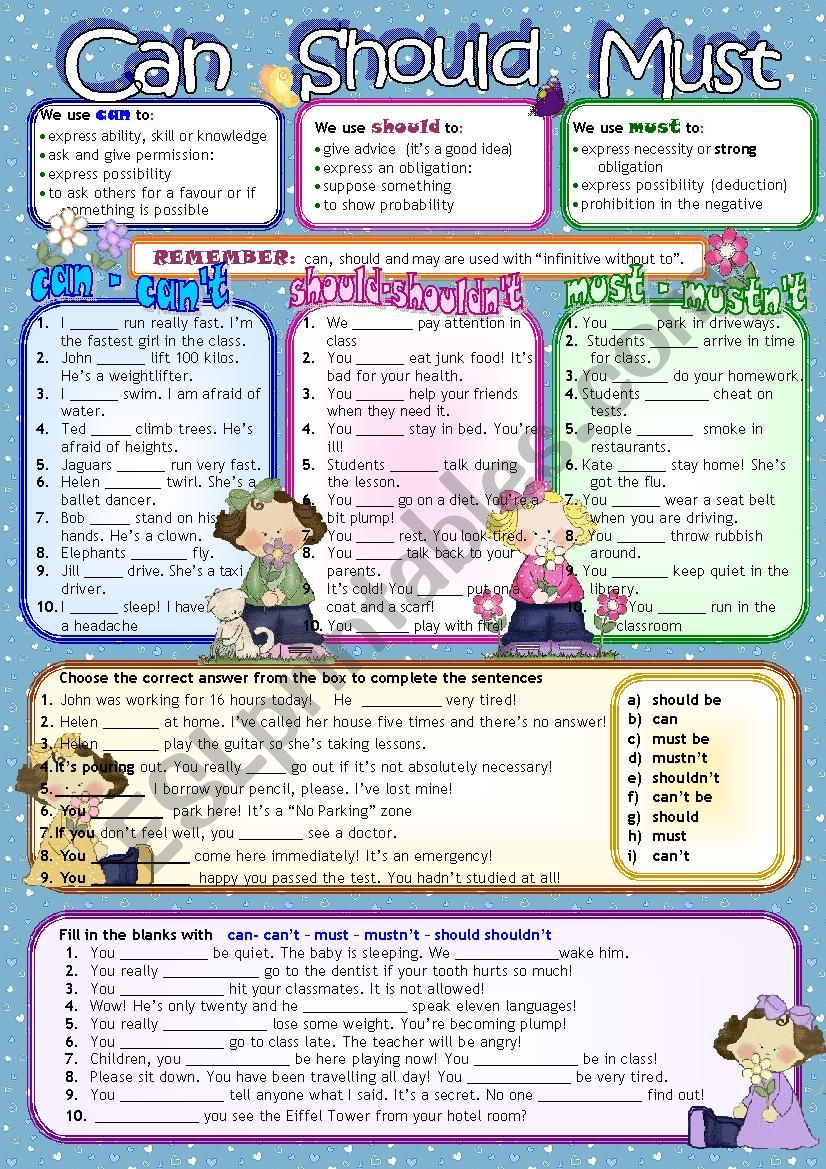
Can Should Must Greyscale Answer Key Included Esl Worksheet By Mariamit
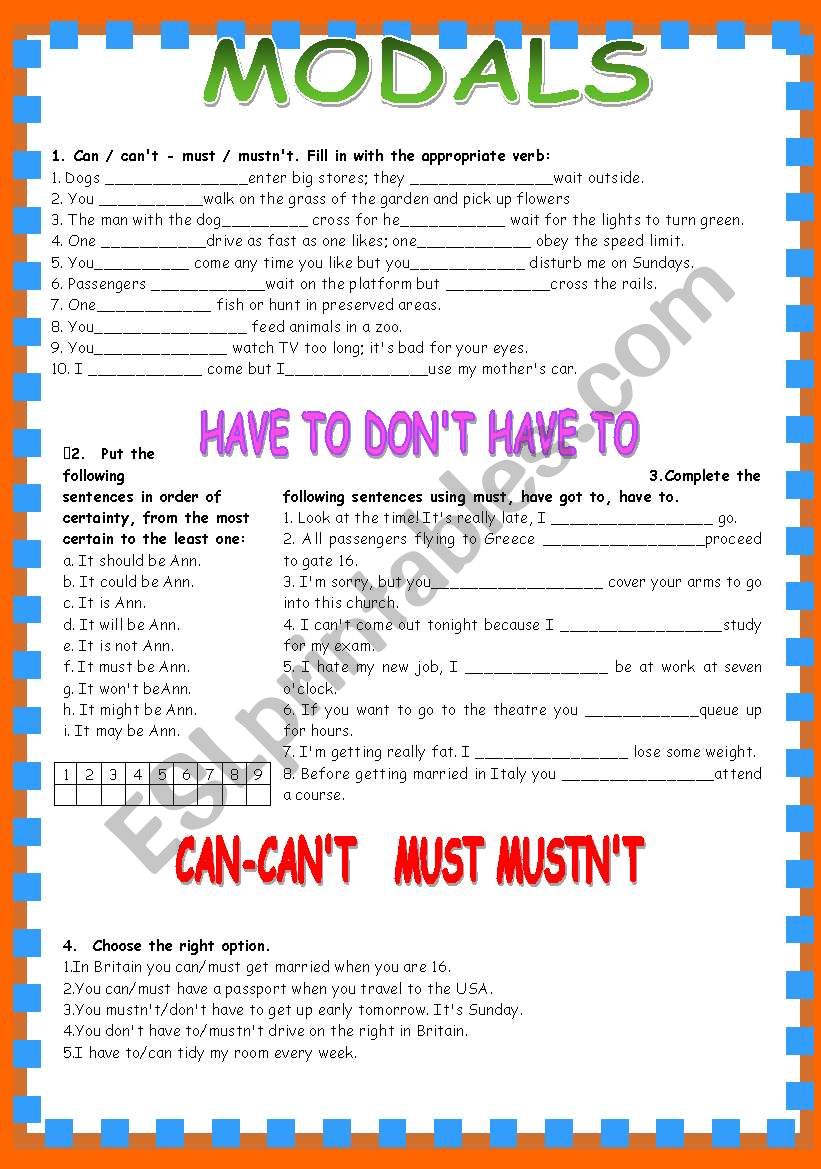
Modals Can Can T Have To Don T Have To Must Mustn T Should Shouldn T Esl Worksheet By Patties
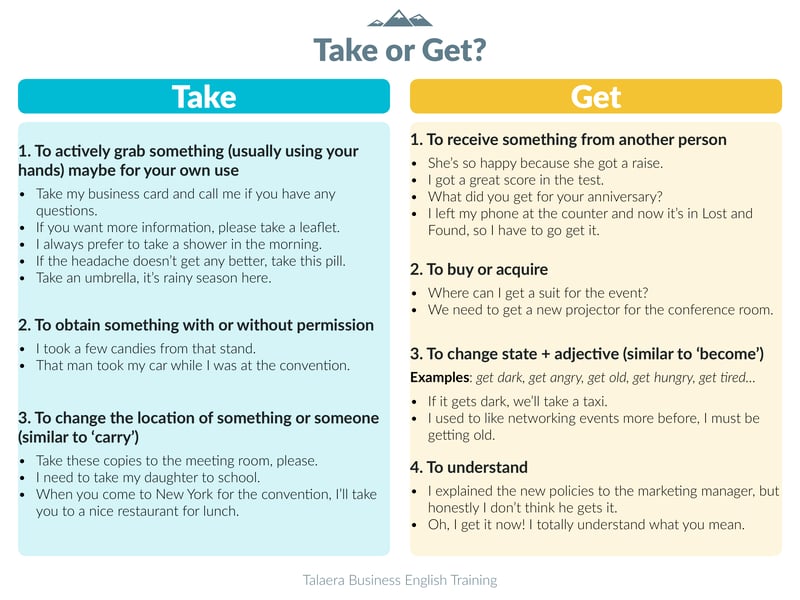
Take Vs Get Includes Examples And Exercises
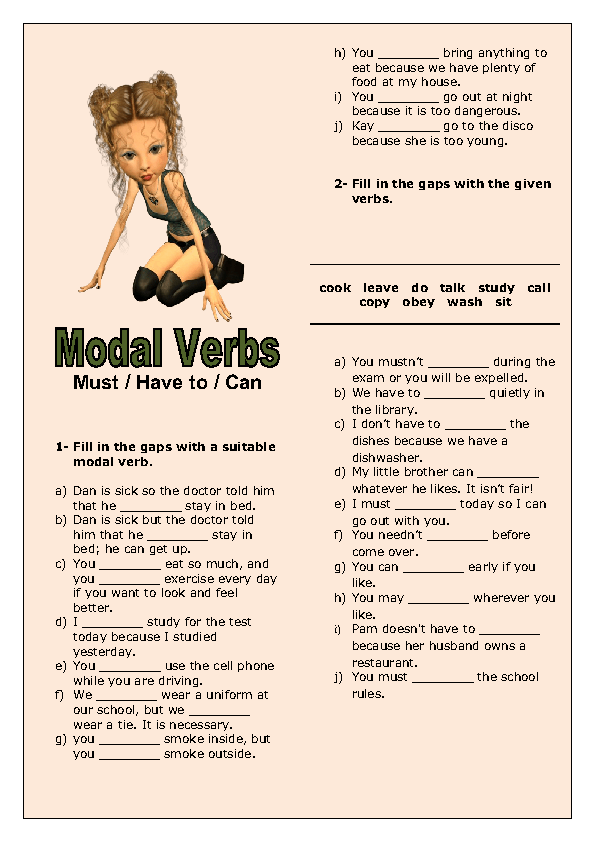
57 Free Have To Worksheets

Should Must Have To

Must Vs Have To What Is The Difference Youtube

Modal Verbs Obligation Prohibition Esl Activities Worksheets Games

Must Or Have To Interactive Worksheet

Have To Vs Must Watch This Video To Finally Learn The Difference

Must Mustn T Have To Don T Have To English Esl Worksheets For Distance Learning And Physical Classrooms

Have To Vs Need To Vs Must What S The Difference In English

Modal Verbs Of Obligation

Modals Have To Must

The Difference Between Must Have To Shall Need And May



